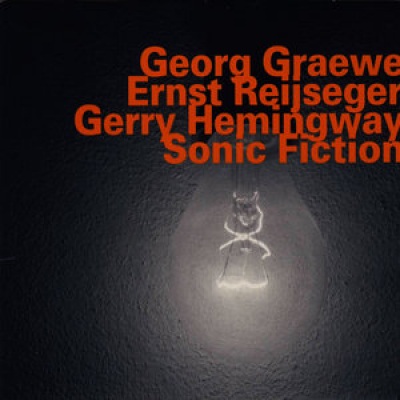
Sonic Fiction
by Thom JurekThis trio, all of whose members had played together in various settings before, had something going for them from the very beginning: They all distrust labels, and they all believe in spontaneous creation. Not every improvising musician can make this claim; many are tied to one tradition or another for their inspiration, whether it's classical, jazz, rock, whatever. Each of the individuals here -- Gräwe on piano, Reijseger on cello, and Hemingway on all manner of percussion -- is a bandleader in his own right. Given this, each musician is very conscious of his partners in this recording. All members are, from the first part of the three-part suite "Alien Corn," fully invested in the process of coaxing not only the most suitable and exciting music from their own chosen instruments, but from the other two as well. For instance, in "Alien Corn III" Reijseger goes to the wall with Hemingway, drawing out more outrageous ideas and understated rhythms. In response, rather than play louder or faster, Hemingway keeps the volume dynamic the same and uses as many techniques on his instruments as he can. All the while Gräwe hangs a backdrop for the duo to create a context from. It sounds and feels like play, like fun, and it probably is. But it is also a razor-sharp manner of listening to, and playing to, both individual and group dynamics. Reijseger makes great use of his exceptional ability to play pizzicato. More often than not, particularly in the smaller passages "Fangled Talk" and "Aspects of Somnambulism," he comes off as a bass player who studied Mingus' technical development as an improviser; he is always on top of the tempo yet never winding it tighter than it needs to be. Sonic Fiction is a kind of music made in the air, with three instrumentalists speaking to some point that all of them can see, but never touch. It's up to language -- and in this case, musical language comprised of the three sounds making a single new one -- to do that. And that it lasts only for the course of the hour of this recording is a fiction; it extends the reach of each of the players and the context of sonic possibility for the listener.
